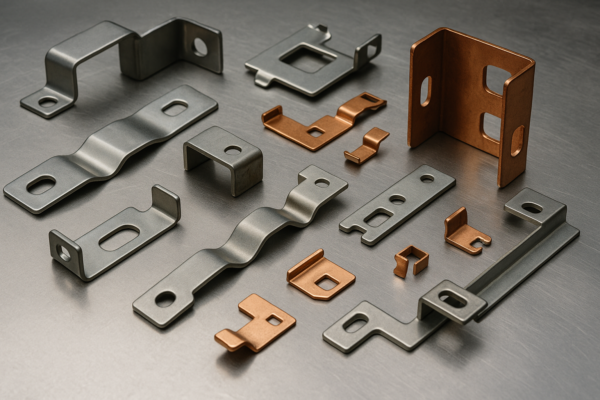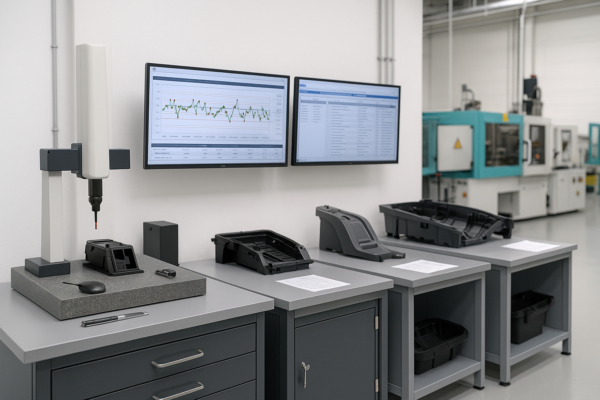What Are Metal Parts?
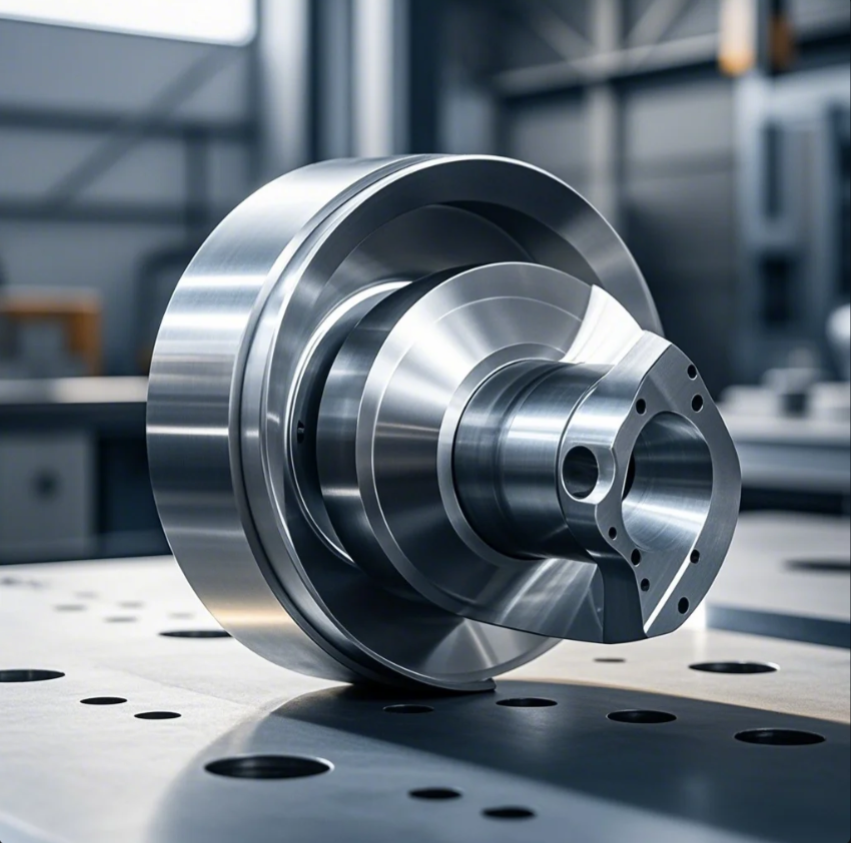
Leading paragraph: Metal parts are essential in industries worldwide. They come in various forms and serve vital roles in manufacturing processes. But, how can we identify them?
Snippet paragraph: Metal parts are integral to many industries. They serve as the foundation for machines, vehicles, and infrastructure. Learn more about how to identify them.
Transition paragraph: Let’s explore some of the most important aspects of metal parts, so you can understand how to identify and use them effectively.
How Do You Identify Metal Parts?
Leading paragraph: Identifying metal parts can be tricky, but it’s crucial for ensuring quality and compatibility in your projects. Here’s a simple guide on how to spot them.
Snippet paragraph: Identifying metal parts is easy with a few key observations. These include looking at the color, texture, and weight of the material.
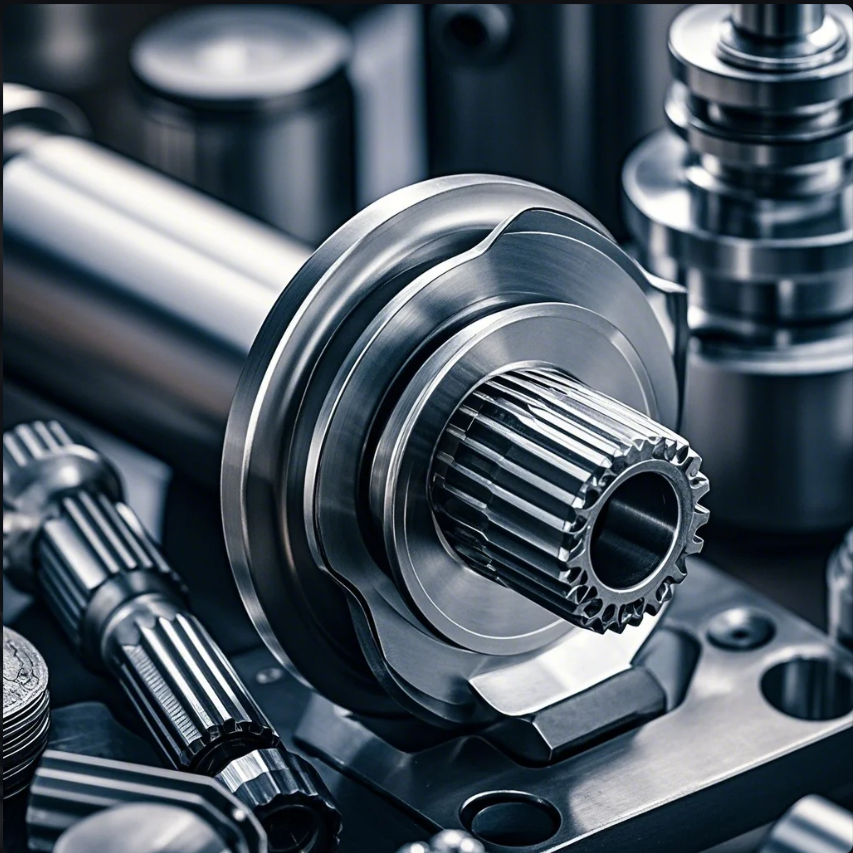
Dive-Deeper paragraph: When working with industrial components, understanding how to identify metal parts is critical. Most metals have distinct characteristics that make them easy to spot. For instance, steel is usually grey and heavy, while aluminum is lightweight and silvery. Here’s a simple checklist:
Key Features to Identify Metal Parts:
| Feature | What to Look For |
|---|---|
| Color | Metals like copper are reddish, aluminum is silver, steel is grey. |
| Texture | Most metals have a smooth texture, though they may show wear. |
| Weight | Metal parts are heavier compared to plastics or ceramics. |
| Magnetism | Ferrous metals like steel and iron are magnetic. |
These characteristics can help you quickly identify metals in various industrial components, ensuring you choose the right material for the job.
What Are the 7 Examples of Metal Elements?
Leading paragraph: Understanding the different types of metal elements can guide you in choosing the best metal parts for your needs. Here are seven commonly used metals.
Snippet paragraph: The seven metal elements you should know are iron, copper, aluminum, zinc, nickel, lead, and tin. These metals have distinct properties for various applications.

Dive-Deeper paragraph: Each metal has unique qualities that make it suitable for specific uses. Let’s break down the seven examples of metal elements:
Common Metal Elements:
| Metal | Properties | Applications |
|---|---|---|
| Iron | Strong, magnetic, rust-prone | Construction, machinery |
| Copper | Highly conductive, malleable | Electrical wiring, plumbing |
| Aluminum | Lightweight, non-magnetic | Aircraft, packaging |
| Zinc | Corrosion-resistant, ductile | Galvanization, batteries |
| Nickel | Resistant to heat and corrosion | Alloys, batteries |
| Lead | Dense, malleable | Batteries, shielding |
| Tin | Soft, corrosion-resistant | Coating, soldering |
Each of these metals serves a unique role in various industrial applications. Knowing their properties can help you select the ideal material for your metal parts.
What Parts of a Car Are Metal?
Leading paragraph: In any car, metal parts are the backbone of its structure. From the engine to the body, metals are used in numerous components.
Snippet paragraph: Cars rely heavily on metal parts. Key components include the engine, frame, and wheels, which are essential for the vehicle’s performance.
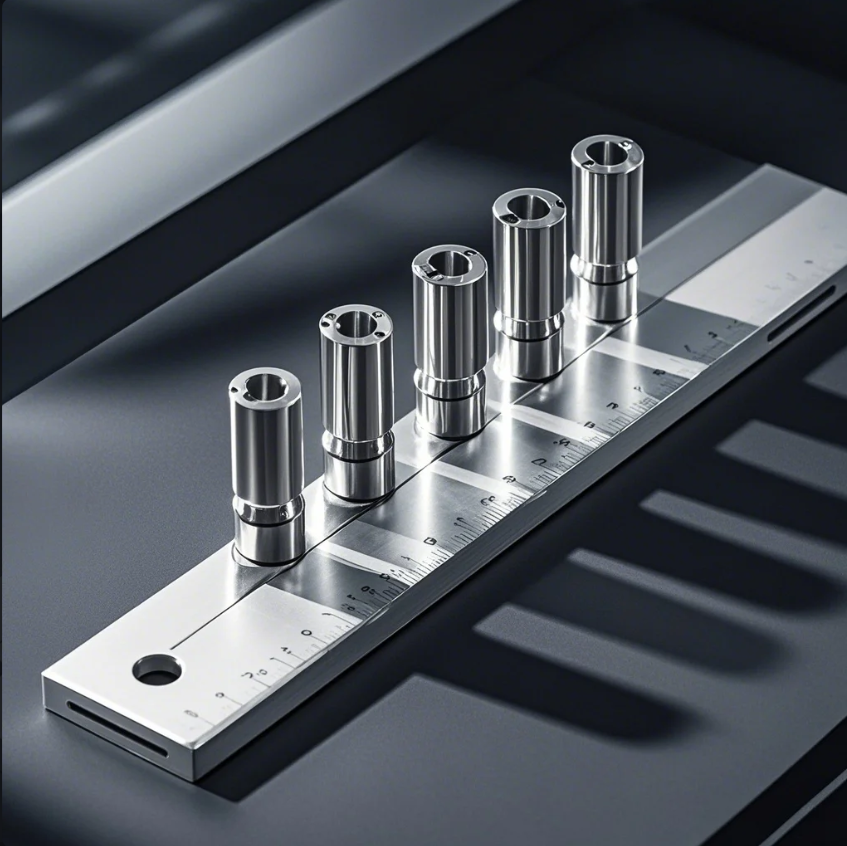
Dive-Deeper paragraph: The car industry uses a wide range of metal parts. These components are crucial for ensuring strength, durability, and safety. Some of the key metal parts include:
Common Car Metal Parts:
| Part | Material | Function |
|---|---|---|
| Engine Block | Cast Iron, Aluminum | Houses engine components |
| Car Frame | Steel | Provides structural integrity |
| Wheels | Steel, Aluminum | Supports the car and allows movement |
| Suspension | Steel, Aluminum | Provides a smooth ride |
| Transmission | Steel, Aluminum | Transmits power from engine to wheels |
| Exhaust System | Stainless Steel | Directs exhaust gases safely away |
These metal parts are essential for the functioning of a vehicle and must be made with high-quality materials to ensure safety and longevity.
What Is Metal Pieces?
Leading paragraph: Metal pieces are simply small or large sections of metal used in various applications. Whether for construction, manufacturing, or repairs, these pieces come in many shapes and sizes.
Snippet paragraph: Metal pieces are used in a wide range of applications, from industrial to everyday items. These can be sheets, bars, or small components.
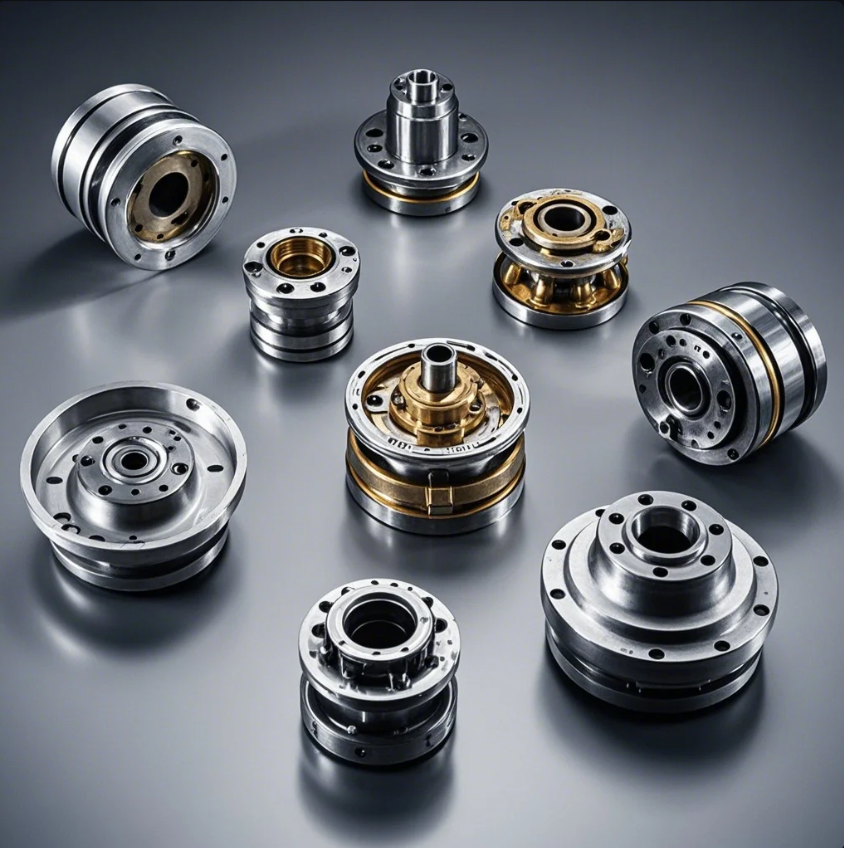
Dive-Deeper paragraph: Metal pieces come in a variety of forms and sizes. Whether you’re working on a construction project or a small repair, these pieces are essential for creating durable structures. They can range from thin metal sheets to large rods and components.
Types of Metal Pieces:
| Type | Form | Common Uses |
|---|---|---|
| Metal Sheets | Flat, thin pieces | Building facades, car parts |
| Metal Bars | Long, solid pieces | Structural beams, reinforcement |
| Metal Rods | Cylindrical pieces | Manufacturing, machinery parts |
| Metal Plates | Large, thick pieces | Heavy-duty equipment, machinery |
These pieces are often customized for specific needs, and selecting the right type can significantly impact the final product’s performance and durability.
Conclusion
Understanding the types and characteristics of metal parts is essential for any industrial or manufacturing project. By selecting the right material, you ensure quality, performance, and longevity. Prime specializes in producing high-quality metal parts with quick delivery and reliable quality. Contact us now to get customized solutions for your needs.

